Tzay-Ming Hong
In-depth analysis of music structure as a self-organized network
Mar 21, 2023



Abstract:Words in a natural language not only transmit information but also evolve with the development of civilization and human migration. The same is true for music. To understand the complex structure behind the music, we introduced an algorithm called the Essential Element Network (EEN) to encode the audio into text. The network is obtained by calculating the correlations between scales, time, and volume. Optimizing EEN to generate Zipfs law for the frequency and rank of the clustering coefficient enables us to generate and regard the semantic relationships as words. We map these encoded words into the scale-temporal space, which helps us organize systematically the syntax in the deep structure of music. Our algorithm provides precise descriptions of the complex network behind the music, as opposed to the black-box nature of other deep learning approaches. As a result, the experience and properties accumulated through these processes can offer not only a new approach to the applications of Natural Language Processing (NLP) but also an easier and more objective way to analyze the evolution and development of music.
Mechanism of Evolution Shared by Gene and Language
Dec 28, 2020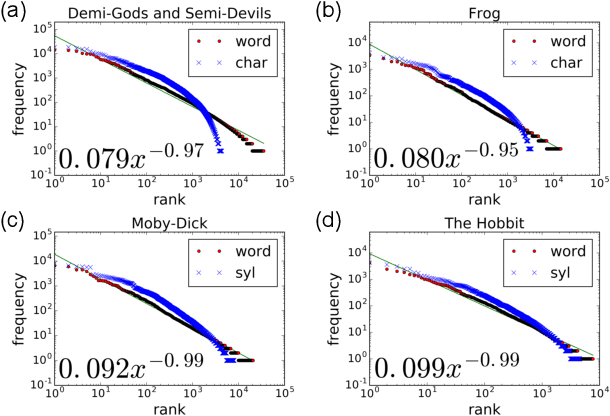
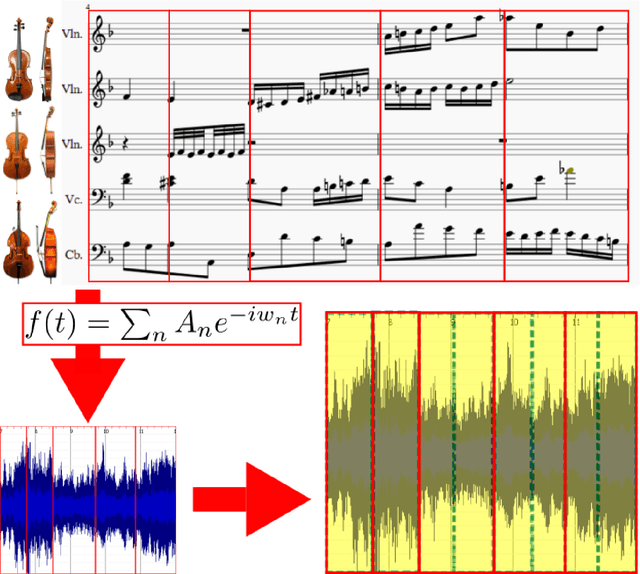
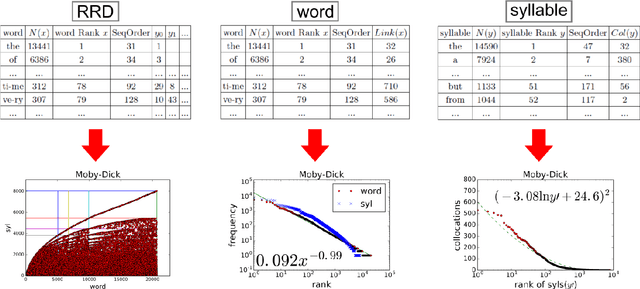
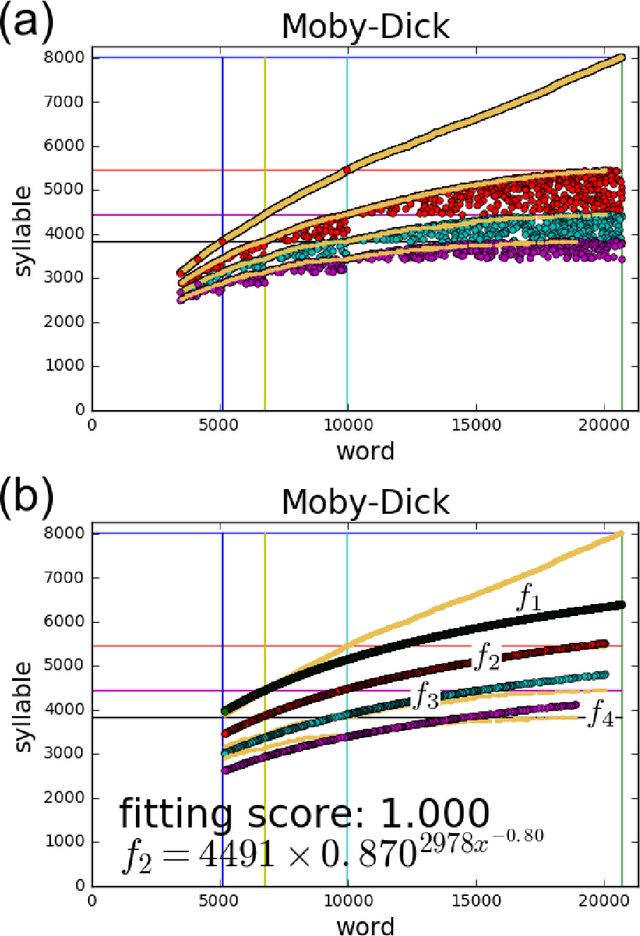
Abstract:We propose a general mechanism for evolution to explain the diversity of gene and language. To quantify their common features and reveal the hidden structures, several statistical properties and patterns are examined based on a new method called the rank-rank analysis. We find that the classical correspondence, "domain plays the role of word in gene language", is not rigorous, and propose to replace domain by protein. In addition, we devise a new evolution unit, syllgram, to include the characteristics of spoken and written language. Based on the correspondence between (protein, domain) and (word, syllgram), we discover that both gene and language shared a common scaling structure and scale-free network. Like the Rosetta stone, this work may help decipher the secret behind non-coding DNA and unknown languages.
Self-organizing Pattern in Multilayer Network for Words and Syllables
May 05, 2020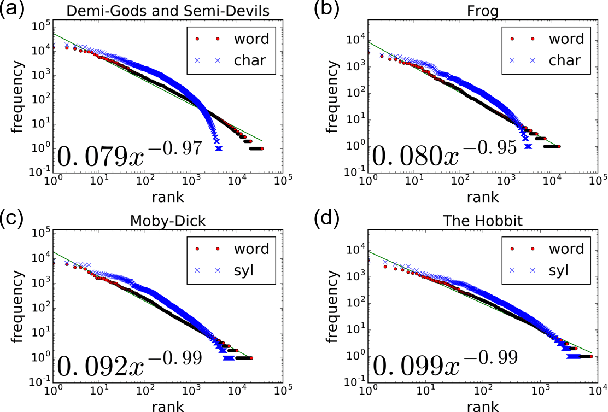
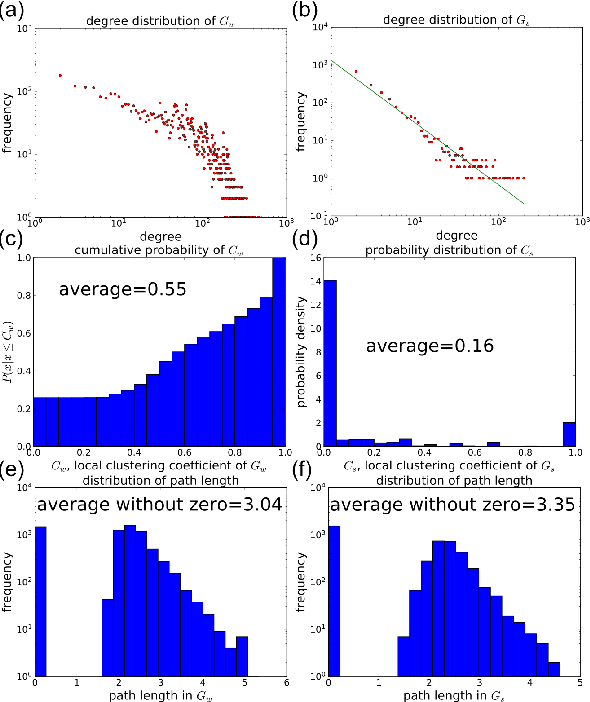
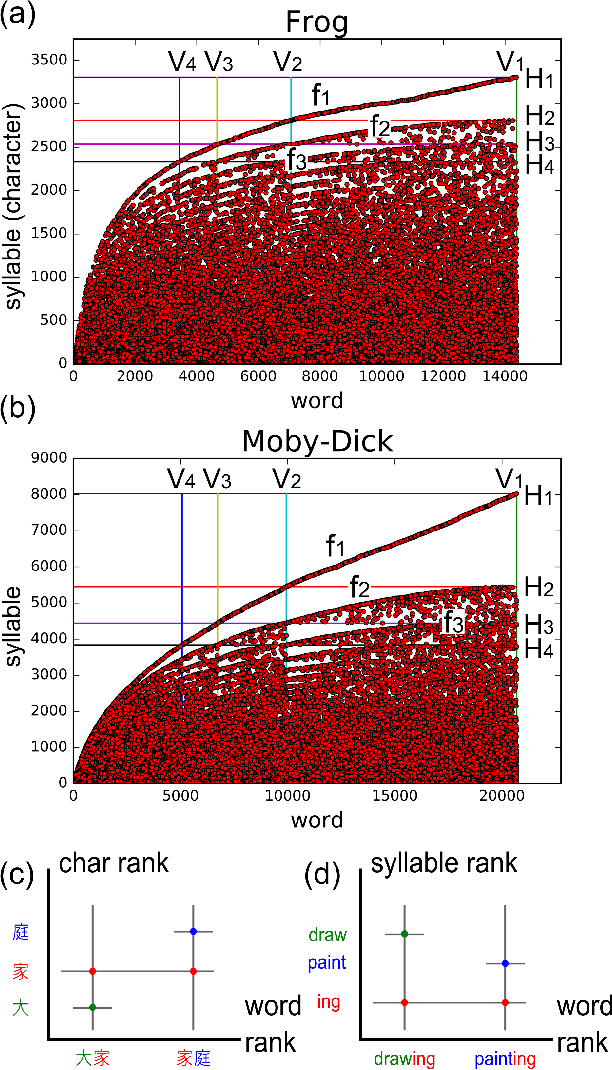
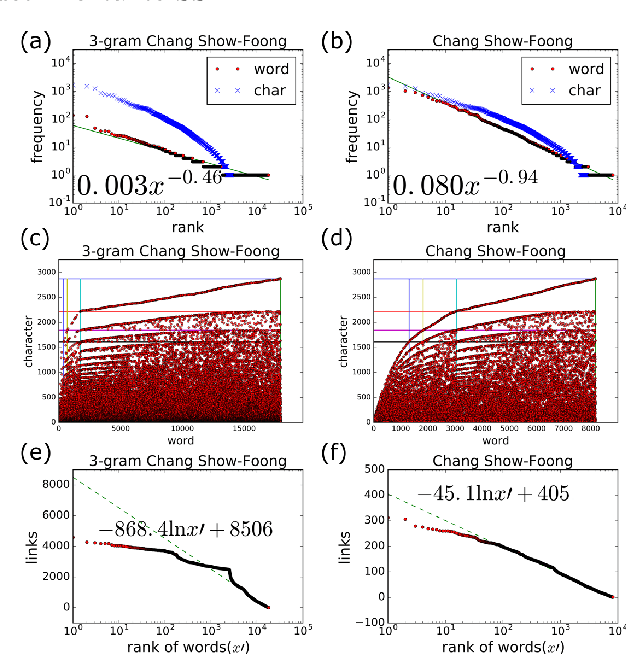
Abstract:One of the ultimate goals for linguists is to find universal properties in human languages. Although words are generally considered as representing arbitrary mapping between linguistic forms and meanings, we propose a new universal law that highlights the equally important role of syllables, which is complementary to Zipf's. By plotting rank-rank frequency distribution of word and syllable for English and Chinese corpora, visible lines appear and can be fit to a master curve. We discover the multi-layer network for words and syllables based on this analysis exhibits the feature of self-organization which relies heavily on the inclusion of syllables and their connections. Analytic form for the scaling structure is derived and used to quantify how Internet slang becomes fashionable, which demonstrates its usefulness as a new tool to evolutionary linguistics.
 Add to Chrome
Add to Chrome Add to Firefox
Add to Firefox Add to Edge
Add to Edge